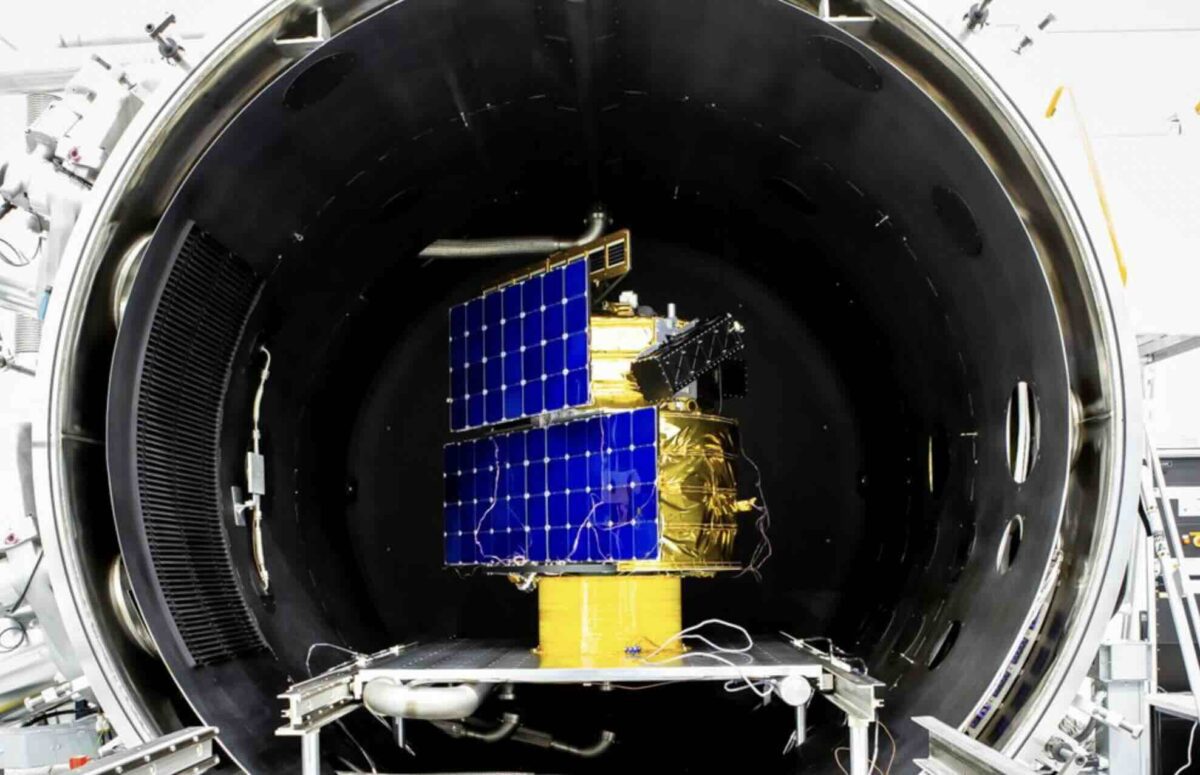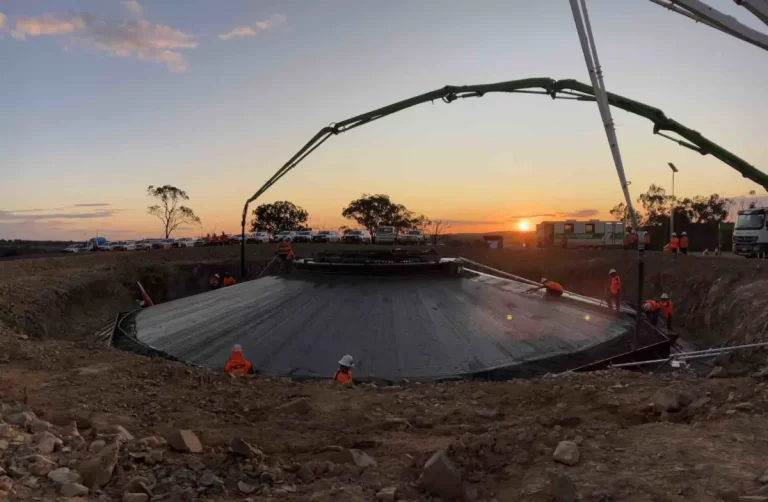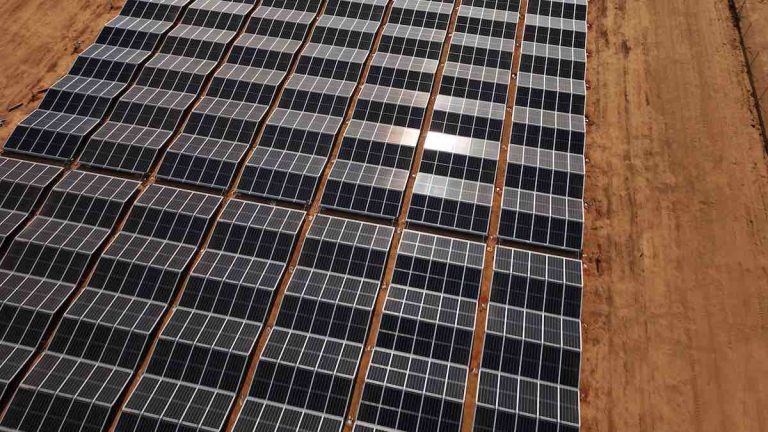CSIRO’s Flexible Solar Cells Embark on Space Mission to Empower Australia’s Largest Satellite
Australia’s national science agency, CSIRO, has successfully launched state-of-the-art printed and flexible solar cells into space on Tuesday. These innovative solar cells have been attached to the Optimus-1 satellite, Australia’s largest private satellite, which was launched as part of SpaceX’s Transporter-10 mission.
The printed flexible solar cells developed by CSIRO are perovskite-based and fabricated on flexible substrates, offering a significant increase in the power-to-mass ratio of the solar cell’s power output. This advancement in solar cell technology opens up numerous potential applications, with particular excitement surrounding their use in space.
Advantages in Space Exploration
Spacecraft development, regardless of size, relies heavily on minimising weight while maximising efficiency. Dr Kimberley Clayfield, CSIRO’s space program director, highlighted the potential of these printed flexible solar cells to provide a reliable and lightweight energy solution for future space operations and exploration. The technology offers advantages over traditional silicon-based solar cells if the space flight test confirms their performance in space.
The deployment of CSIRO’s solar cells on Optimus-1 will not only test their ability to withstand the extreme conditions of space but also provide valuable data on their efficiency. Dr Anthony Chesman, CSIRO’s renewable energy systems group leader, expressed confidence in the cells






56-768x443.jpg)